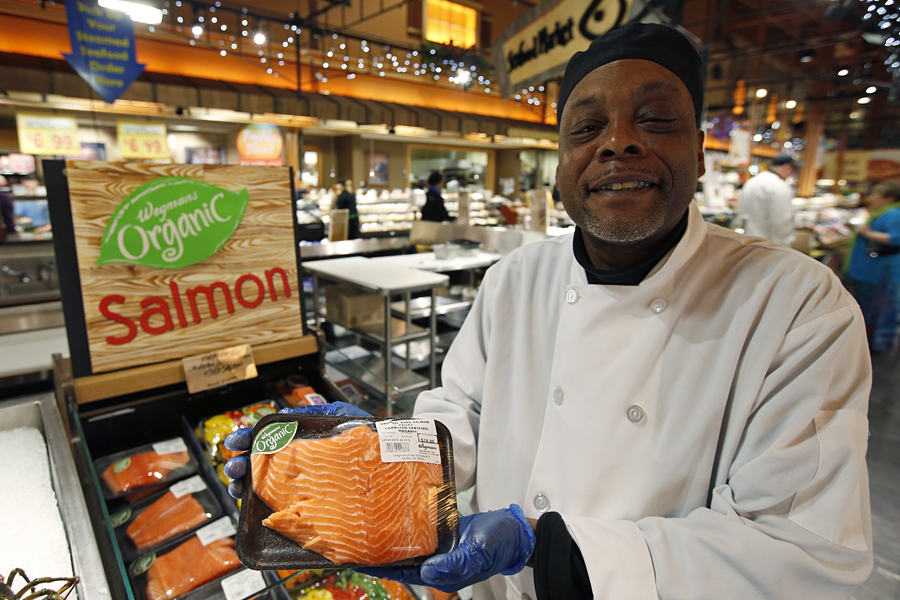Wegmans to come to New York City: What took so long?
Loading...
It's the sort of attraction that could finally put New York City on the map: Wegmans is coming to Brooklyn.
The family-owned grocery store with a cult following that rivals that of the Grateful Dead said on Wednesday that it will open its first New York City location at the Brooklyn Navy Yard in 2017, the New York Times first reported.
Moving to the city is a tricky proposition for individuals and businesses alike, and Wegmans's announcement signals the grocer's willingness to test the waters in an urban location.
Wegmans, of course, has the sort of fanbase pop stars aspire to, and the news set off a virtual tidal wave on social media.
The store was ranked as the No. 1 supermarket chain in Consumer Reports's annual survey in 2015 and among the top 10 employers in the country by Forbes. A recent Harris Poll recently called Wegmans the company with the best reputation, edging out Google, Apple, and Amazon.
Which is why the store, which the Times says has "the variety of a Whole Foods, the prices of a Trader Joe’s and the scale of a Walmart," has inspired dozens of fan websites, hashtags, and even love letters.
So what took them so long? Why did the upstate grocer take nearly a century (Wegmans was founded in 1916) to move a few hundred miles south to the big city?
For the same reason dozens of other big box retailers have moved to cities slowly, and with trepidation: high rents and zoning hassles, among other urban challenges.
But cities offer a lucrative market for retailers, who have slowly figured out how to squeeze suburban stores into urban markets.
"It is a significant shift from their approach in the past, when they tried to cram their big-box formats into cities, often prompting big fights," writes the Times in a 2012 piece. "This time, the retailers studied city dwellers with anthropological intensity and overhauled things as varied as store sizes...packages...and signs."
Which is why, unlike most of its 85 other stores, the Brooklyn Wegmans will be 74,000-square-feet, about 25 percent smaller than its other stores.
It's also less likely to carry bulk packs of paper towels, canned goods, and other items city customers on foot will be hard-pressed to haul home.
And unlike past examples in which big box suburban retailers plowed into cities and met strong resistance, Wegmans says it is working with local leaders to create hundreds of jobs and to train local labor. The Brooklyn store is expected to create 600 jobs, including 200 full-time positions. Wegmans has said it will interview candidates exclusively from three housing projects next to the new store for at least the first two weeks of hiring.
“People need not just good food, but good jobs,” CEO Danny Wegman told the Times. “Brooklyn provides an incredible opportunity for both.”








